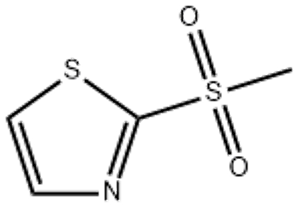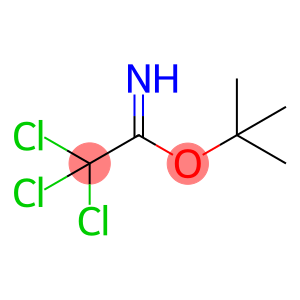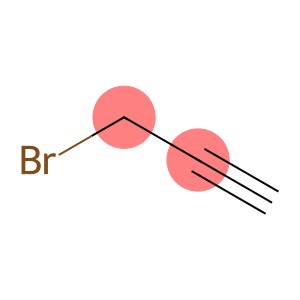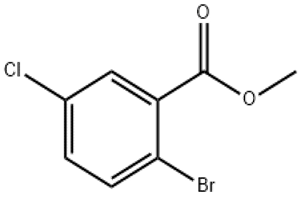1,4-Bis(vinyloxy)-butane(CAS#3891-33-6)
| Hazard Symbols | Xi – Irritant |
| Risk Codes | 36/37/38 – Irritating to eyes, respiratory system and skin. |
| Safety Description | S26 – In case of contact with eyes, rinse immediately with plenty of water and seek medical advice. S36 – Wear suitable protective clothing. |
| WGK Germany | 3 |
Introduction
1,4-Butanediol vinyl ether is an organic compound. The following is an introduction to its nature, use, preparation method and safety information:Quality:1,4-Butanediol ethylene ether is a colorless liquid with low volatility. It is less soluble in water but can be miscible with many organic solvents. It has good stability and chemical resistance, and is not easy to decompose at room temperature.Use:1,4-butanediol ethylene ether is widely used in many fields. It can be used as a solvent in the production of chemical products such as coatings, inks, and adhesives. It can also be used as a softener, plasticizer and solvent mediator, among others.Method:1,4-butanediol ethylene ether can be prepared by the reaction of butylene glycol and ethylene oxide. Specifically, butylene glycol is reacted with ethylene oxide in the presence of an alkaline catalyst to generate 1,4-butanediol ethylene ether.Safety Information:1,4-Butanediol vinyl ether has low toxicity. Long-term exposure or excessive exposure may have irritating or damaging effects on the human body. When using, you should pay attention to protective measures and avoid direct contact with the skin or inhalation of its vapors. It should be stored in a cool, well-ventilated place to avoid contact with oxidants and high-temperature substances.








